JULIE SALAMON REWINDS THE TAPE TO BRING 'THE DEVIL'S CANDY' TO 'THE PLOT THICKENS'
 Hello and welcome to the unofficial Brian De Palma website. Here is the latest news: |
|---|
E-mail
Geoffsongs@aol.com
-------------
Recent Headlines
a la Mod:
Listen to
Donaggio's full score
for Domino online
De Palma/Lehman
rapport at work
in Snakes
De Palma/Lehman
next novel is Terry
De Palma developing
Catch And Kill,
"a horror movie
based on real things
that have happened
in the news"
Supercut video
of De Palma's films
edited by Carl Rodrigue
Washington Post
review of Keesey book
-------------
Exclusive Passion
Interviews:
Brian De Palma
Karoline Herfurth
Leila Rozario
------------
------------
| « | June 2021 | » | ||||
| S | M | T | W | T | F | S |
| 1 | 2 | 3 | 4 | 5 | ||
| 6 | 7 | 8 | 9 | 10 | 11 | 12 |
| 13 | 14 | 15 | 16 | 17 | 18 | 19 |
| 20 | 21 | 22 | 23 | 24 | 25 | 26 |
| 27 | 28 | 29 | 30 | |||
De Palma interviewed
in Paris 2002
De Palma discusses
The Black Dahlia 2006

Enthusiasms...
Alfred Hitchcock
The Master Of Suspense
Sergio Leone
and the Infield
Fly Rule
The Filmmaker Who
Came In From The Cold
Jim Emerson on
Greetings & Hi, Mom!
Scarface: Make Way
For The Bad Guy
Deborah Shelton
Official Web Site
Welcome to the
Offices of Death Records
Bobbie Wygant: Do you have deep regrets about letting Julie Salamon on the set?Brian De Palma: Oh, no, no, no, not at all. I mean, my idea was to show exactly what... See, I got asked so many questions over the years about how movies are made. And I used to get the impression from the press that it was like we were living in, you know, Hollywood of Louis B. Mayer. I mean, the way we were making movies, and what we had to go through, was something that they had not been able to see, basically, in the way that they talked to us or what they read about. So I said, well, somebody, you know, you've got to really make a movie and really show what goes on and be as honest as possible. And, it's...
Wygant: She was!
De Palma: Yeah, she was as honest as possible. And, though I've not read the book because it's such a painful experience for me, because it was such a difficult movie... but, I think it's important that people know how the contemporary director works with the studio and the writers and the actors and how movies are made. Right down to the press junket!
Wygant: [laughing] Indeed. Well, I'll tell you, I've been hanging around movies for 25 years, and I learned a lot from that book. I really did.
De Palma: Great.
Wygant: And I enjoyed reading it.
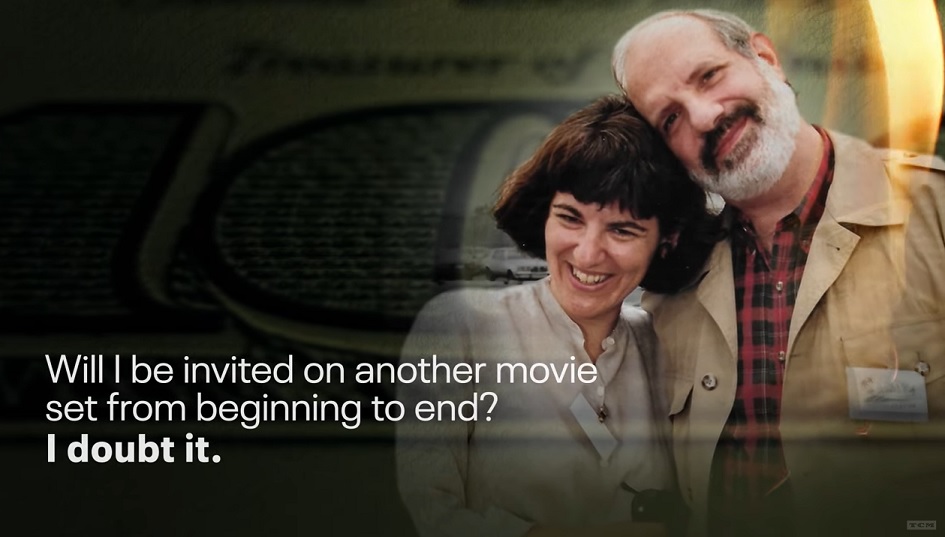
Meanwhile, season two of The Plot Thickens, “The Devil’s Candy,” which will go behind the scenes of the notorious 1990 Warner Bros. flop The Bonfire of the Vanities, arrives June 29 via a production partnership with Campside Media.The title comes from the best-selling 1991 book written by Julie Salamon, who was a journalist embedded in the production; she’ll co-host the seven-episode podcast with Mankiewicz. The movie, based on the sensational 1987 novel by Tom Wolfe, was directed by Brian De Palma and starred Tom Hanks, Melanie Griffith and Bruce Willis.
“There have been plenty of lemons in movie history, but none that have been so meticulously recorded,” Mankiewicz says. “Julie Salamon’s book was a gift to film lovers, film students and perhaps most critically, movie executives. She lays out a blueprint for what will go wrong if you lose your way. We’re thrilled to bring her book and her recordings to life with this season of the podcast.”
The Bonfire of the Vanities will make its TCM premiere July 5, kicking off a selection of De Palma films. It will be followed by Obsession (1976), Sisters (1972), Blow Out (1981) and Body Double (1984).
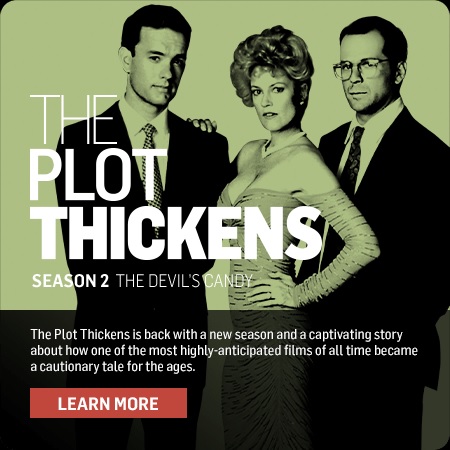
Here's the description from The Plot Thickens itself:
The Bonfire of the Vanities was one of the best-selling novels of the 1980s and had all the makings for a hit motion picture: a dark comedy with heart and bite, an A-list director and a star-studded cast. So what went wrong? Beginning June 29th, come with us onto the closed set and hear actual recordings of Brian De Palma, Tom Hanks, Melanie Griffith and others, as they set about making one of the most anticipated films of its time, only to have it end up a cautionary tale for the ages.
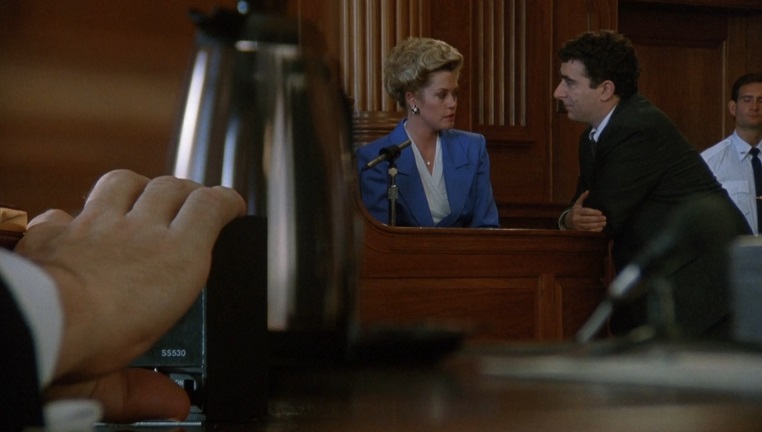

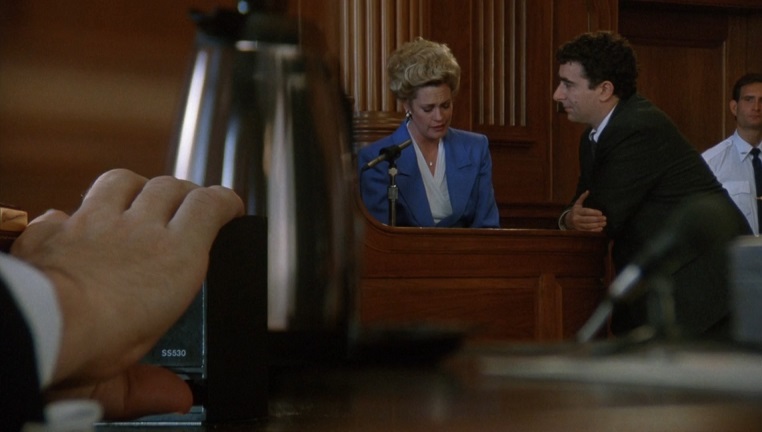
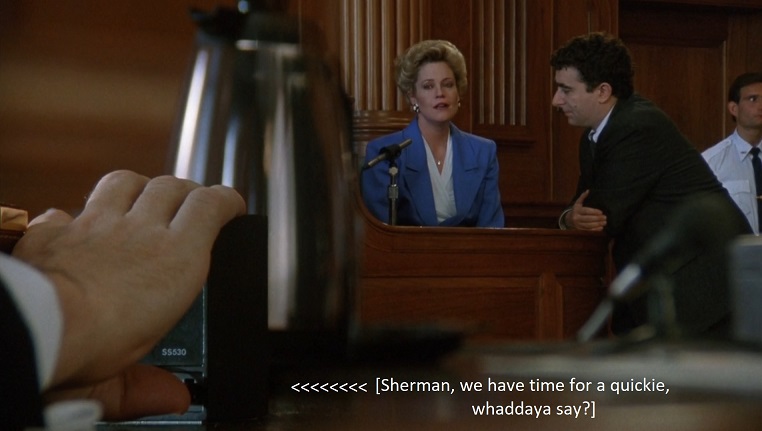
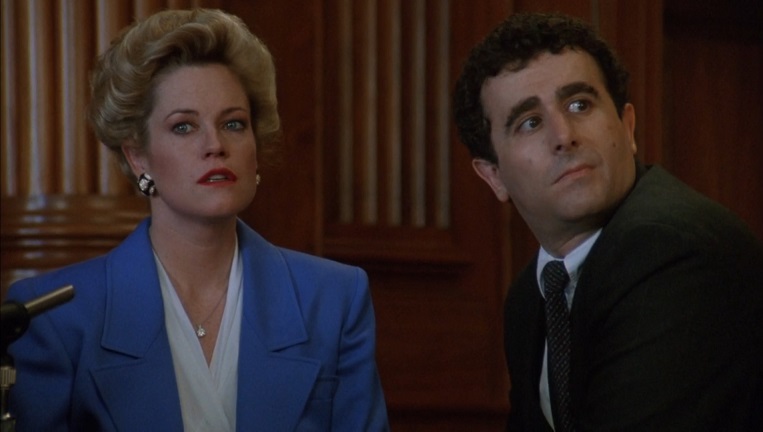
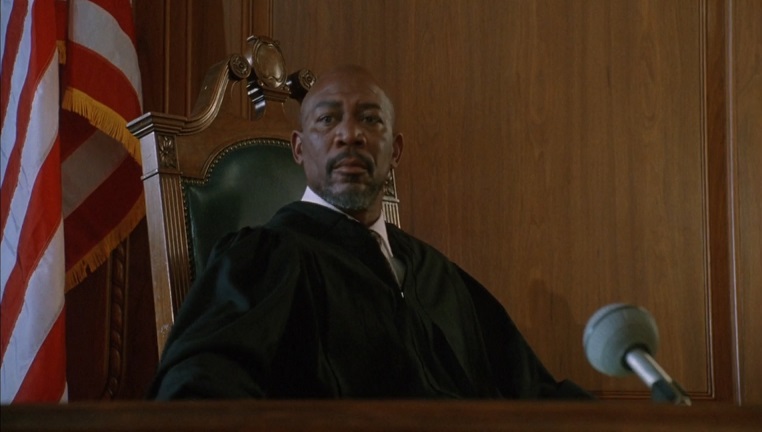

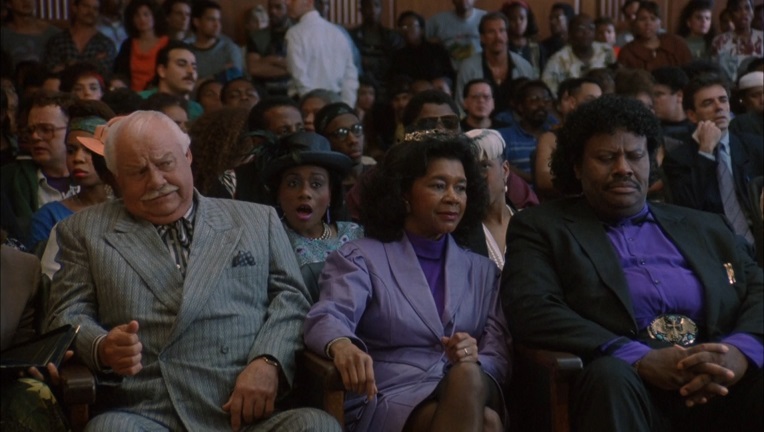
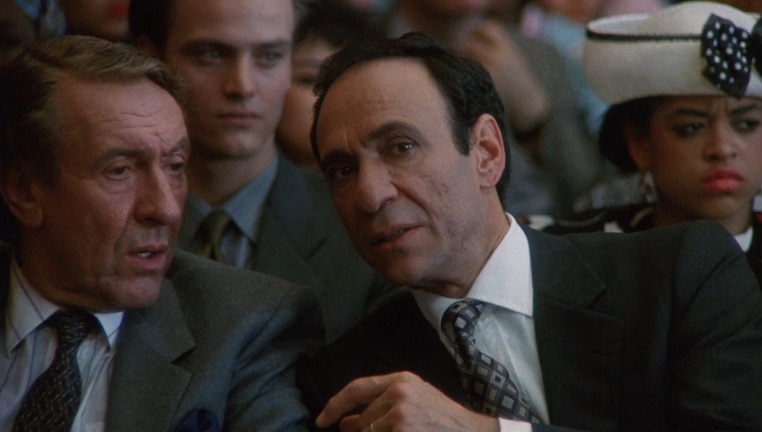


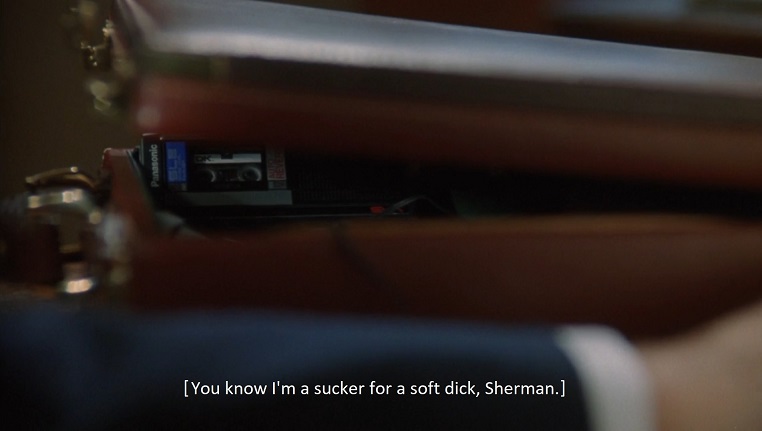

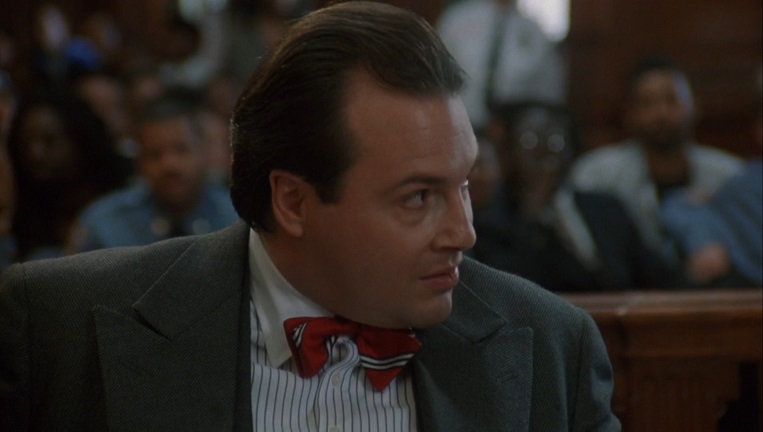





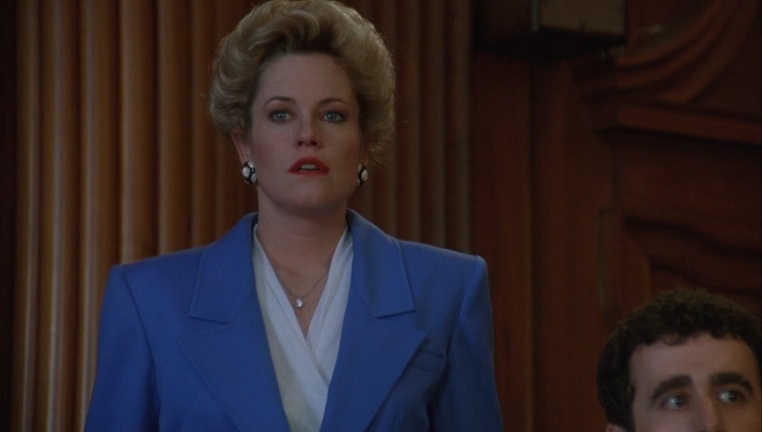


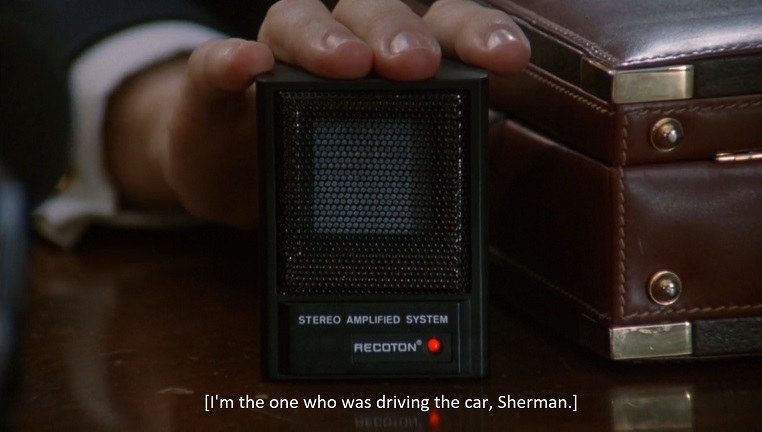
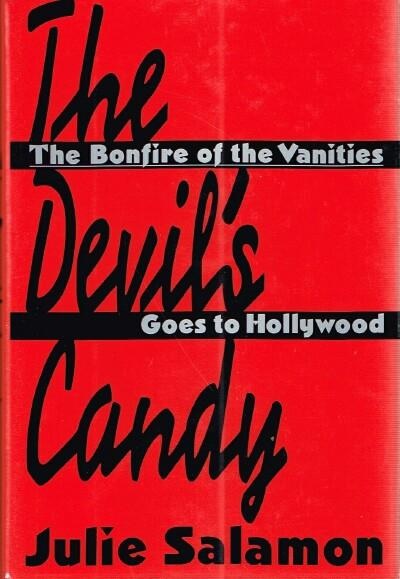
To some, De Palma was not the obvious film-maker for this material. He had previously made gruesome works such as Dressed to Kill, Scarface and Carrie, and Bonfire did not seem like a natural fit. But after suffering a major financial blow from the failure of his previous film, the Vietnam war drama Casualties of War, De Palma needed a hit. And after the success of Wolfe’s novel, the film seemed to be a guaranteed money-maker.A big problem for the studio was that the novel lacked any sort of likable or sympathetic character. Wolfe’s book was deliberately cynical, examining the various institutions of New York with disdain. If there was one actor that didn’t appear to have an ounce of cynicism, it was Tom Hanks. And so the producers decided to do the unthinkable. They tried to make Sherman McCoy a likable protagonist, and gave the role to Hanks. Equally odd was the casting of Bruce Willis as Fallow. Willis, fresh from the success of Die Hard, wanted to diversify his career away from charismatic action heroes. Yet Fallow is written as a sleazy, scrawny Brit, a far cry from the chiselled all-American handsomeness of John McClane.
De Palma then did something that, in retrospect, would ensure the film’s notoriety – he allowed Salamon to document the film. Having worked as a financial reporter, Salamon had become the Wall Street Journal’s film critic in 1983. She had got to know De Palma and became friendly with him. “He was a kind of troublemaker, and he would plant me story ideas,” she remembers.
Though the crew were mostly aware of her on set, the studio didn’t know about Salamon until five months into production. When Salamon started asking difficult questions of Eric Schwab (Bonfire’s second unit director), he confronted De Palma; Schwab says De Palma told him to be honest. “He said to me: ‘This is going to be an honestly brutal thing of what you go through when you’re making a film, just tell her everything.’”
Salamon’s description of the film’s progress was unsparing. Production began in April 1990 and there was trouble from the beginning. The studio was worried that for a novel about racial politics, there is hardly one sympathetic black character. The studio told De Palma that the character of Judge Kovitsky had to be black instead of Jewish. (The judge was renamed White.) The concerns about racial representation even affected filming in the Bronx. Assistant director Chris Soldo remembered a local “somehow got through a perimeter and got right up to Brian De Palma’s face and started berating him for not having more black people represented on the crew”. (Soldo adds: “Probably a fair critique.”) Eggs and lightbulbs were thrown at the production from Bronx tenement rooftops.
There were further complications with the cast, as recorded by Salamon. As the production moved from New York to Los Angeles, Melanie Griffith got breast implants, a potential continuity nightmare. Hanks was a popular presence on the set, but Willis less so. At one stage, Salamon relates that he publicly challenged De Palma’s directorial authority, instructing his fellow actors how to play scenes. He also had a special assistant on hand to cover up his nascent bald spot with makeup, and asked De Palma to backlight him rather than wear a wig.
Despite the difficulties, once filming was over, everyone was convinced they had a hit on their hands, including the studio. Salamon recollected in The Devil’s Candy that one Warner Bros executive declared it as “the best movie we’ve ever made”. However, test screenings showed that the film wasn’t working with audiences and re-edits were made, including a change to the ending in which McCoy and Fallow have a swordfight. Despite the changes, Bonfire only made $15m at the US box office, well below its $47m budget.
The critics hated it. The Los Angeles Times called it “calamitous” and an “overstated, cartooned film for dullards”. The New York Times’ verdict was “gross” and “unfunny”. Rolling Stone thought it “achieves a consistency of ineptitude rare even in this era of over-inflated cinematic air bags”. Much of the critics’ ire was directed at the casting of Hanks and Willis. Schwab thinks that the negative response towards Hanks in particular was not simply because he was not Wolfe’s idea of Sherman McCoy. “Whenever I saw any reviews, I basically felt well, he is good in this role, even though you can’t accept it,” he says.
All of this came as a surprise. Salamon remembers that, despite the occasional tensions during production, no one ever thought the film was going to get the critical and commercial lambasting that it did.
Nor do Salamon or the crew I spoke to look back at the movie with bad memories. What became a notorious flopdoes not seem to have left any lingering resentment. It certainly didn’t ruin any careers, with Hanks and Willis going on to hit after hit in the succeeding years.
As for De Palma, he bounced back with successes like Carlito’s Way and Mission Impossible but never found Bonfire’s reception justified. In an 1992 interview with Charlie Rose, De Palma said: “You don’t think you have made a bad movie. I will say to this day, the way I made it is an interesting movie that I like. It is not Tom Wolfe’s Bonfire of the Vanities. The problem is that everyone that wrote about the movie, read the book.”
Soldo, for one, looks back on the experience if working with De Palma with fondness, saying that “there was a tremendous loyalty and a maintenance of a relationship between movies … if you were lucky enough to be one of those people, you got to participate in some really interesting and good work”. He adds: “De Palma’s always been kind of fearless about or seemingly immune to what people think about him or say about him.”
Salamon’s book was published in 1992, and, unlike the film, it was critically acclaimed and became a bestseller. However, she says it affected her ability to work as a critic; her stint in the post ended in 1994. “For me personally, writing about Bonfire really was the beginning of the end of my career as a film critic, because after … spending the time, day in and day out for almost a year watching this process, I found it harder and harder to write negative film reviews.
“I didn’t know it was going to end up becoming this huge, quote, unquote, flop that people were going to peg all the negative attributes of Hollywood film-making, I think unfairly, on its back. My favourite reviews of my book were the ones that said this isn’t a book about a big flop. This is a book about people who love their craft, who love their work, and were trying to do something great.”
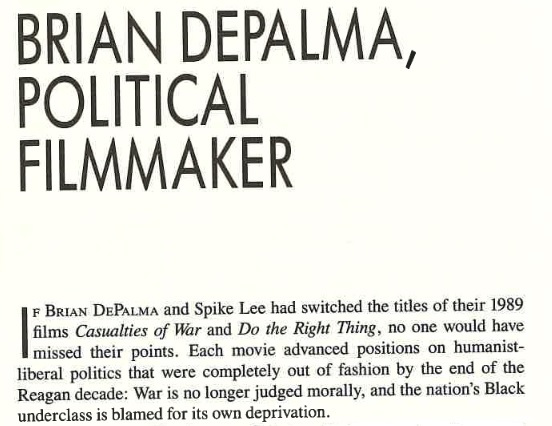
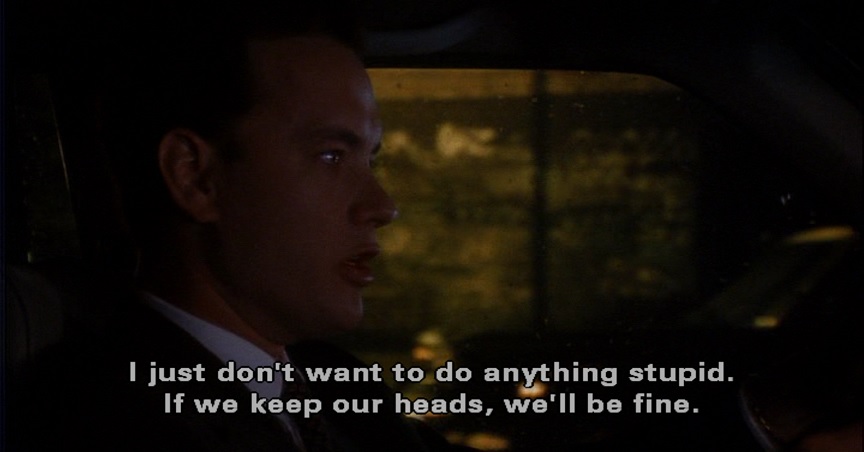
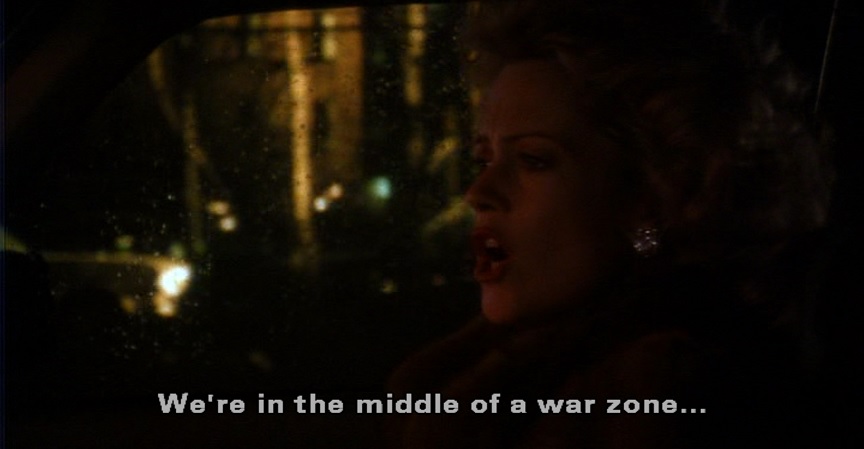
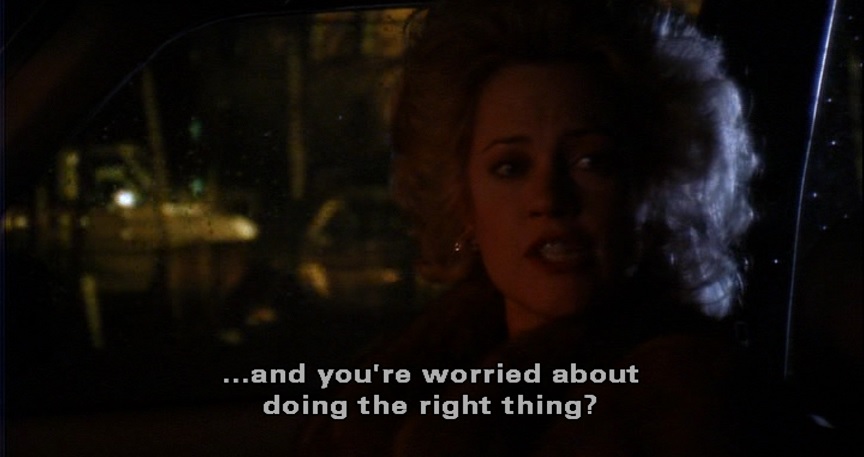
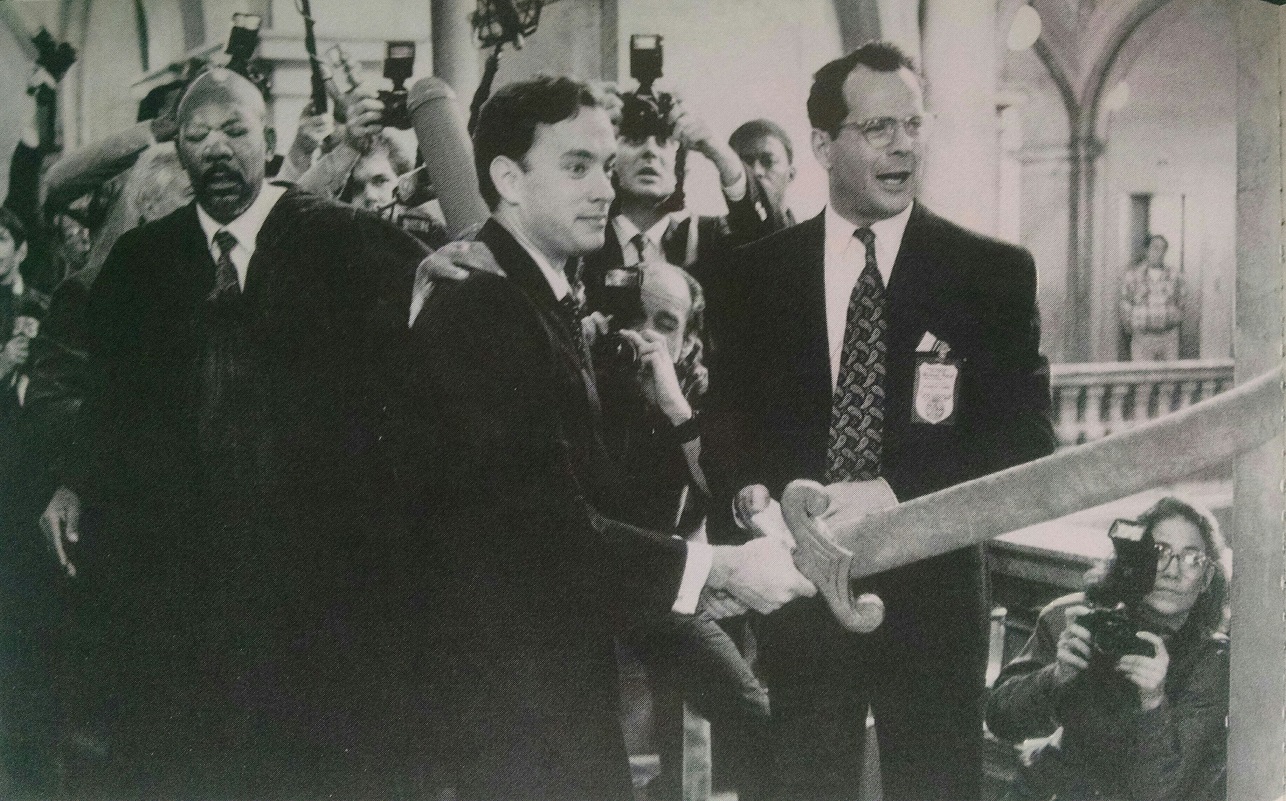
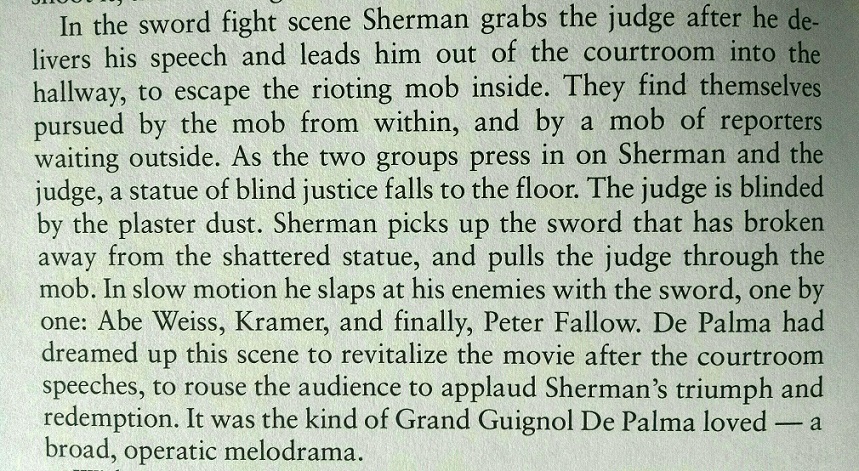
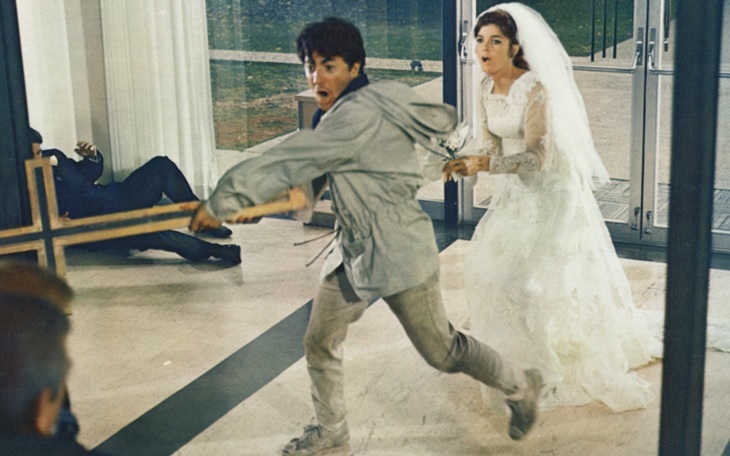
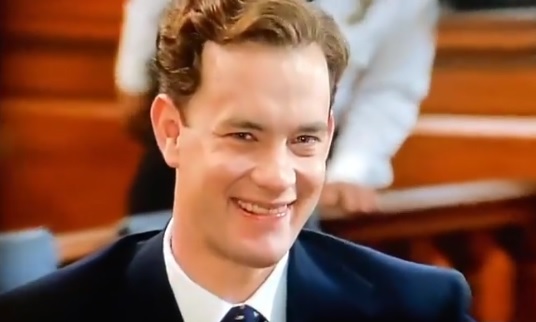
I’m not entirely sure what the hell I just watched, but I have to admit I enjoyed every ridiculous minute of it. I knew nothing about this going in, other than it was a flop and that it was directed by De Palma. I was curious more than anything, but was handsomely rewarded with a film that was ultimately a series of bizarre choices, an impressively eclectic cast, and a tone I still struggle to define. But most importantly, it was a blast. My only major complaint is that Melanie Griffith is obnoxiously annoying as all hell in this. Like really fucking annoying.
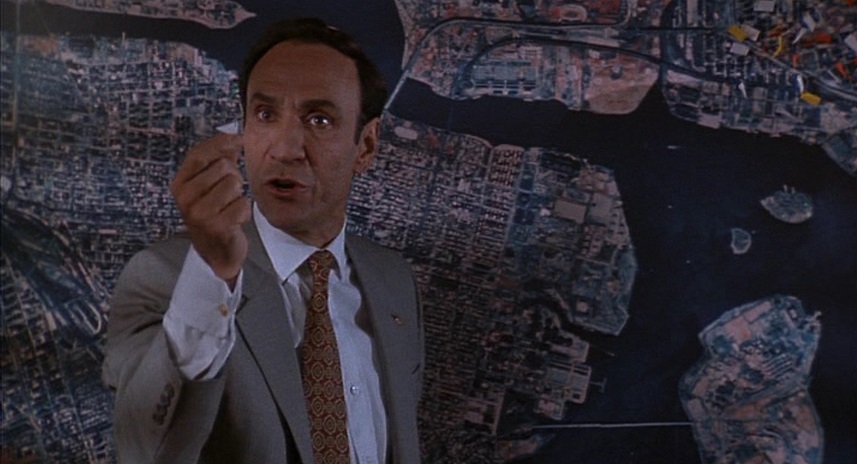
If you can somehow manage to remove all your memories and knowledge of the book from your mind—which was somewhat difficult back when the film first came out since it was pretty much the novel of its time—there is another and somewhat more interesting movie going on at the same time, and this is largely courtesy of the decision to have Brian De Palma direct. Then and now, he was most famous for his wildly audacious and often controversial suspense thrillers. The announcement that he would be doing “Bonfire” raised many eyebrows, with many assuming that he only got put on the list of potential directors because “The Untouchables” not only made a ton of money but proved that even an iconoclast like him could utilize his gifts to make an across-the-board blockbuster if he actually put his mind to it.However, before he became famous for making grisly and twisty thrillers, De Palma initially made a name for himself directing highly acerbic satirical comedies such as “Greetings,” “Hi Mom,” and his first studio effort, “Get to Know Your Rabbit.” These were films that took on the big issues of the time—race, sex, class, the war in Vietnam, the JFK assassination—and skewered them all in wild and oftentimes outrageous ways that not even the passing of the decades has managed to dim. (The only exception is “Get to Know Your Rabbit,” a film on which he feuded with star Tommy Smothers and was eventually fired by Warner Bros. marking the first and last time he worked there until “Bonfire” came along.) While those earlier movies, “Rabbit” excepted, were made on tiny budgets on the streets of New York and with largely unknown actors (including a pre-fame Robert De Niro), “Bonfire” allowed him the chance to return to those roots, albeit with tens of millions of dollars at his disposal this time around. Some of the funniest scenes in the film, such as the one in which Weiss insists to his staff that he is not at all racist while at the same time coming across as nothing but, could have easily come from those earlier films and also come the closest to hitting the edgy tone found in the original material.
In bringing the story to the screen, De Palma, along with cinematographer Vilmos Zsigmond, utilized a highly stylized approach that favored the visual pyrotechnics for which he was famous. The film is full of elaborate camera moves (including an insanely intricate opening Steadicam shot of Fallow stumbling around backstage at a publishing party that runs for about five minutes without a cut) and weird closeups designed to make characters look even more grotesque than they already are. At the time, De Palma was criticized for employing such a seemingly unnecessary visual approach, but it actually fits the material. One of the key problems with anyone attempting to adapt Wolfe’s work to the screen is that it was his distinctive voice as a writer that made his work stand out so well, and it's that voice that's usually the first thing that gets lost during the adaptation process. While the screenplay awkwardly tries to invoke Wolfe’s prose by transforming it into narration from Fallow, De Palma’s visual gambits end up doing an unexpectedly effective job of finding a cinematic equivalent to Wolfe’s go-for-baroque literary style.
And while the film ultimately feels more like a collection of scenes from the book than a fully satisfying narrative, some of those scenes are quite good and entertaining. The opening Steadicam shot is, not surprisingly, a technical wonder but it also serves as an inventive introduction into the rarefied realm of the story, and Willis’ physical performance throughout the sequence is easily his most genuinely engaging bit in the film. The stuff involving the Weiss character is amusingly cynical and offers a real hint as to what the film might have been like had the material not been tamped down so much in an effort to make it more likable and accessible. And the scene in which Fallow has a fateful dinner with Arthur Ruskin is also quite funny, though I wish that it had gone on longer as it did in the book. Even the miscasting of Hanks winds up paying off nicely at one point late in the proceedings when he finds himself wrestling with the idea of lying in court about the origin of the fateful cassette—now that Hanks has long since established himself as contemporary cinema’s unquestioned patron saint of decency and moral uprightness, it's darkly funny to see him in a situation in which the only way for the truth to come out is to lie his ass off in court.
Considering how dated the once au courant material of "Bonfire" must seem to audiences today, the film's viewers are primarily those who have just finished reading The Devil’s Candy and are using it as a sort of visual guide to that book and not Wolfe’s. Hell, even when one looks at it solely on the basis of being a De Palma film, his most ardent supporters would be hard-pressed to put it in the top half or even the top two-thirds of his cinematic output to date. However, for all of its mistakes and miscalculations and moments of utter garishness (including one scene involving actress Beth Broderick and a photocopier that is almost astoundingly tasteless), "Bonfire" is not only more interesting than its reputation might suggest. In its best moments, the film demonstrates both a personality and a real live-wire charge, despite all of the efforts from above to eliminate such things from the proceedings. Those willing to look at it through fresh eyes and properly adjusted expectations may be surprised to discover it's not that bad after all.
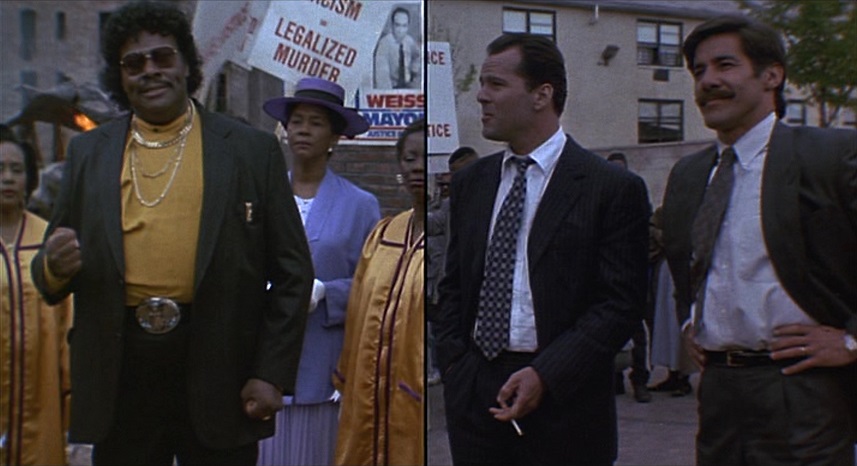

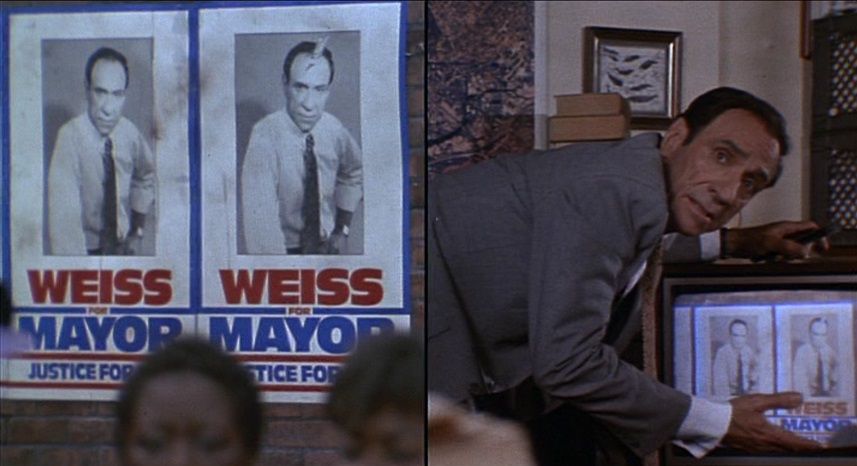
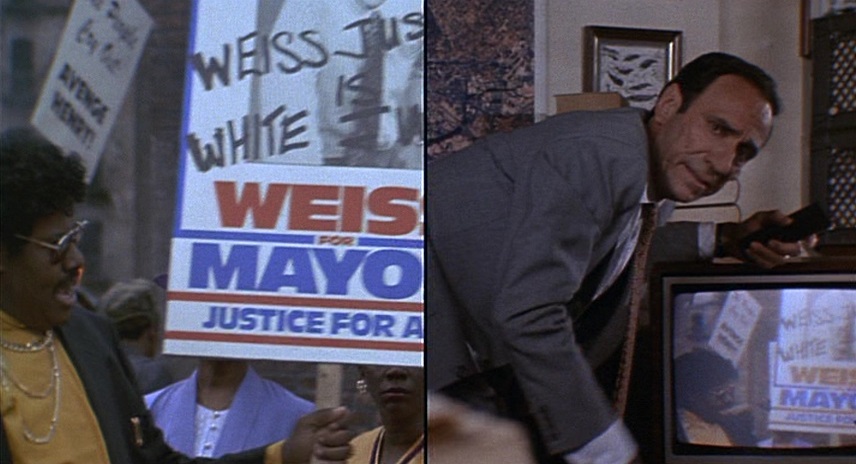
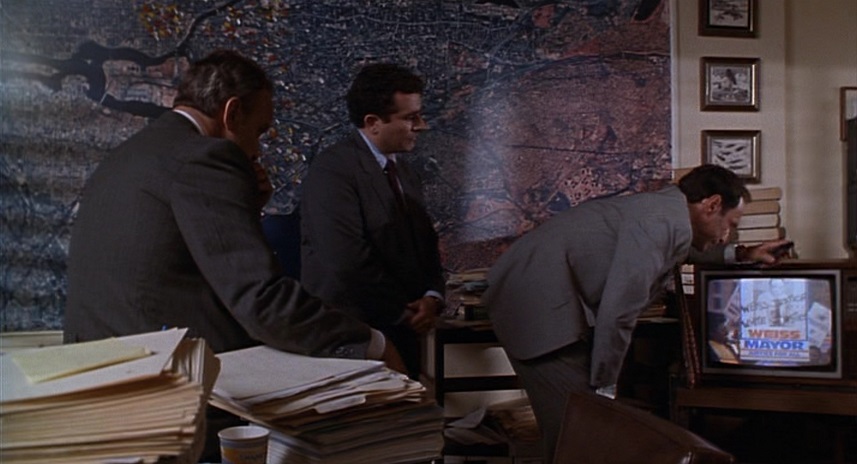

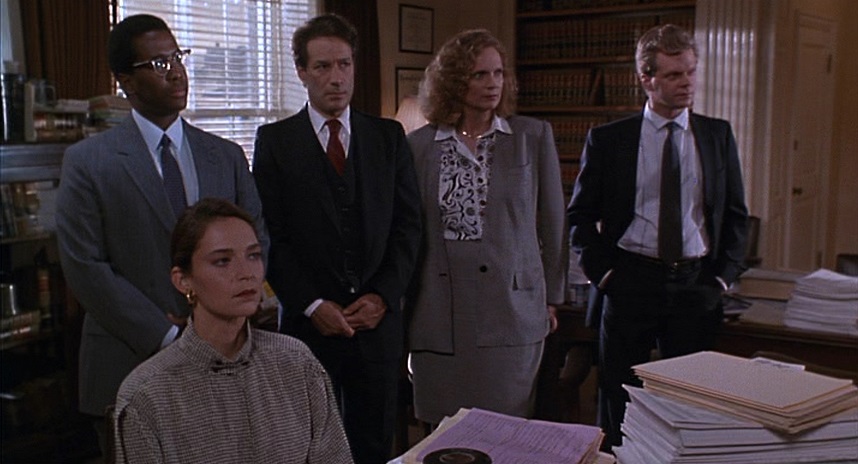

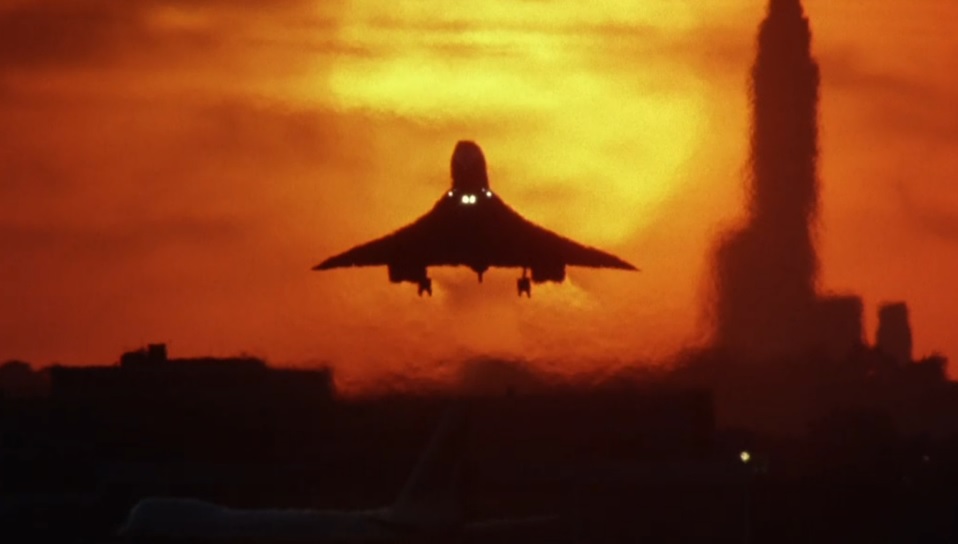
If nothing else, The Bonfire of the Vanities does contain one of the most impressive — and most expensive — single shots in cinema history: a plane touching down at New York’s John F. Kennedy Airport with the setting sun behind it. [Michael] Cristofer wrote a simple version of the scene into the screenplay, but it was second unit director Eric Schwab who brought it to glorious life on the big screen. Schwab himself volunteered for the seemingly thankless assignment, and made a $100 bet with De Palma that he’d come up with a shot so great, it would have to end up in the movie.Schwab’s first directorial decision was that the famed Concorde turbojet — which flew between Europe and America from 1969 until 2003 — was the only aircraft impressive enough to execute the shot he had in mind: an image of a plane touching down at the exact moment that the setting sun and the Empire State Building lined up in the same frame. After an enormous amount of preparation that included coordinating with the Concorde’s pilots and studying almanacs to determine the most favorable weather conditions, he eventually decided on June 12 as the date for his grand experiment.
That afternoon, he and his crew set up five cameras on the JFK tarmac preparing to film the arrival of the inbound Concorde flight. Each camera had only one role of film, and there wouldn’t be any second chances to get the shot. The plane took off 20 minutes prior to sunset, and for several frightening moments, Schwab was convinced they wouldn’t hit the runway at the designated time. At one point, his nerves got the better of him and he started filming a different plane as it came in for a landing.
But then, precisely on schedule, the Concorde descended, the sun and the Empire State Building were in perfect alignment and it was all captured on film. The final price tag? $80,000. But the feeling of having pulled off an impossible shot, and winning the $100 off of De Palma? Priceless.